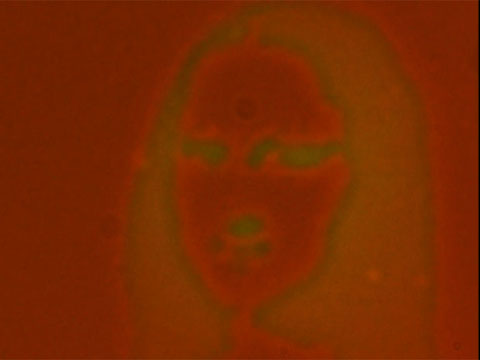Novel Nanomaterial Enables Rewritable Optical Circuits

by Dexter Johnson, IEEE Spectrum
Researchers at the University of Texas at Austin have developed a hybrid nanomaterial that enables the writing, erasing and rewriting of optical components.
Researchers at the University of Texas at Austin have developed a hybrid nanomaterial that enables the writing, erasing and rewriting of optical components. The researchers believe that this nanomaterial and the techniques used in exploiting it could create a new generation of optical chips and circuits.
In research published in the journal Nano Letters, the Texas team describe creating their novel hybrid nanomaterial by starting with a plasmonic surface.
Plasmonics is the field that exploits the oscillations in the density of electrons that occur when photons hit a metallic surface. These oscillations of electrons that resemble waves are called surface plasmons. In this case, the metal surface is made up of aluminum nanoparticles topped with a polymer layer embedded with molecules responsive to light.
These photochromic molecules undergo quantum interactions with the light that can either make the molecules transparent or opaque. In the photonic circuit that the Texas researchers created, the metallic plasmonic surface and the photochromic molecules represent two quantum systems. The interaction, or coupling, between these two quantum systems in this design is very strong. By exploiting these phenomena, the researchers created a waveguide that controls the direction of light, critical to integrated photonic circuits.




